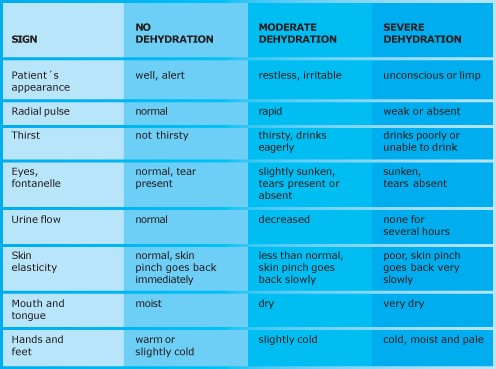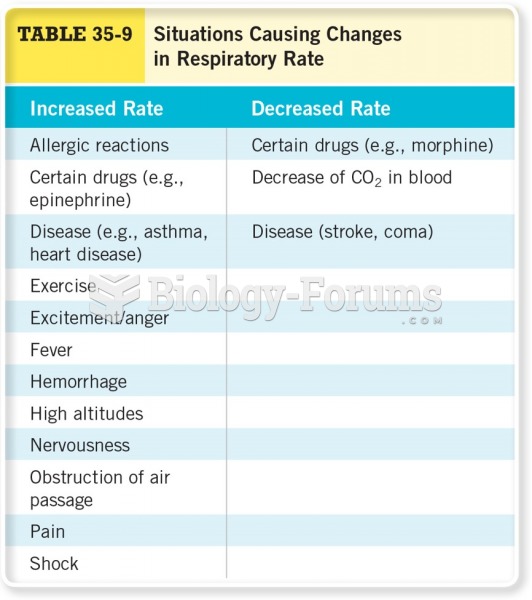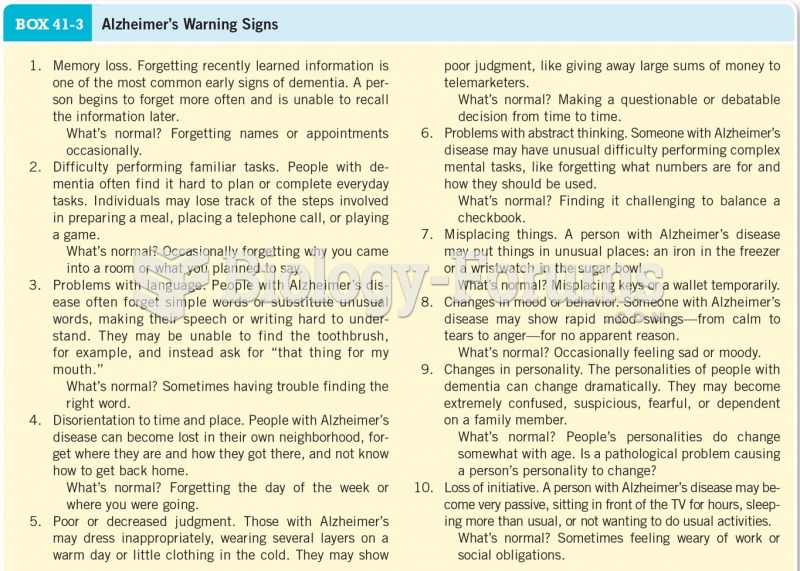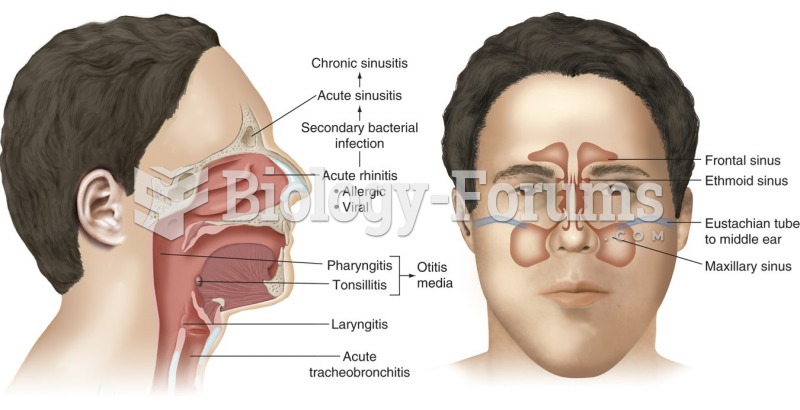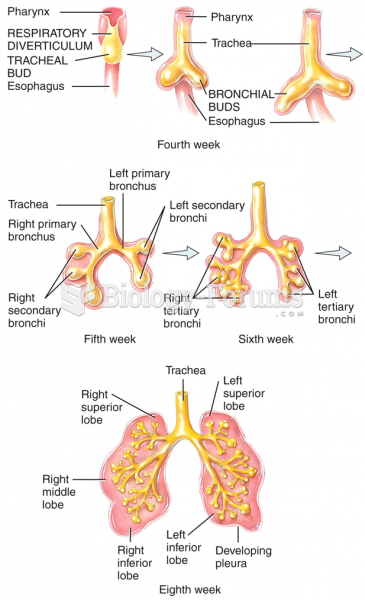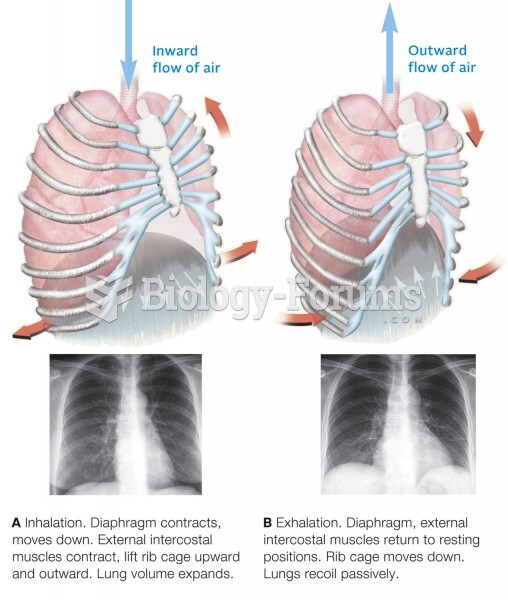|
|
|
For high blood pressure (hypertension), a new class of drug, called a vasopeptidase blocker (inhibitor), has been developed. It decreases blood pressure by simultaneously dilating the peripheral arteries and increasing the body's loss of salt.
Historic treatments for rheumatoid arthritis have included gold salts, acupuncture, a diet consisting of apples or rhubarb, nutmeg, nettles, bee venom, bracelets made of copper, prayer, rest, tooth extractions, fasting, honey, vitamins, insulin, snow collected on Christmas, magnets, and electric convulsion therapy.
Egg cells are about the size of a grain of sand. They are formed inside of a female's ovaries before she is even born.
The immune system needs 9.5 hours of sleep in total darkness to recharge completely.
Nearly 31 million adults in America have a total cholesterol level that is more than 240 mg per dL.


